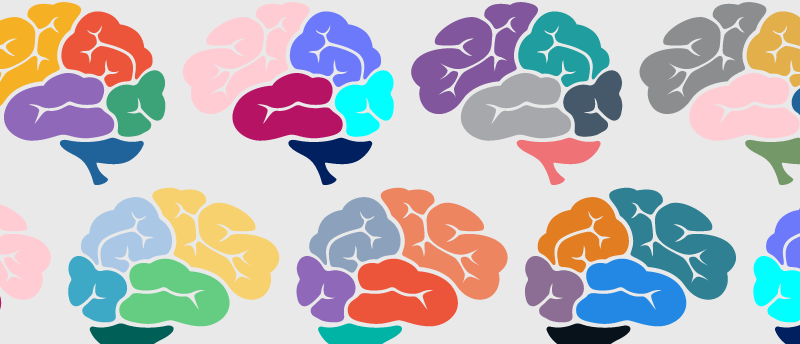What do traumatic memories look like?

A new study shows that when individuals with PTSD recall traumatic events, each person displays different brain activity, which is markedly different from when they recall a sad or neutral memory.
Researchers at the Icahn School of Medicine at Mount Sinai (NY, USA) and Yale University (CT, USA) have analyzed the brain activity of individuals with post-traumatic stress disorder (PTSD) and found that the representation of traumatic memories in the brain looks very different from how sad or neutral memories look. This study provides an insight into how traumatic memories are stored, suggesting that they may be cognitively separate from regular memories, which could explain their intrusive nature.
Previous research has implicated various brain regions in memory formation and retrieval, such as the hippocampus and the posterior cingulate cortex, which is a region heavily involved in autobiographical memory and emotional memory imagery. However, individuals with PTSD often display reduced hippocampal volume and impairments to the hippocampal and posterior cingulate cortex processes.
To determine how the brain differentiates sad memories from traumatic ones, the research team recruited 28 individuals with PTSD to undergo reactivation of autobiographical memory via scripted imagery while undergoing functional MRI (fMRI). This scripted imagery was generated by asking each participant to recall a traumatic memory associated with their PTSD, a sad experience that, although meaningful, was not traumatic, and a positive, calm experience.
These personal memories were then scripted in such a way that the different types of memories had similar structures and were narrated by a researcher while the participant was undergoing fMRI. Each participant listened to a 120-second audio clip of their memories, hearing them told like this for the first time.

I can hear where you’re looking
Researchers have discovered that the subtle squeaking sounds in the ear generated by eye movements can indicate where the eyes are looking.
The team hypothesized that the more semantically similar the memories between people, the more similar the neural activity. They also expected that individuals would exhibit similar neural activity for each type of memory being recalled. However, what they actually found was that semantic representation in the hippocampus differed by narrative type. Sad scripts that were similar semantically showed similar neural activity across participants; however, traumatic recollections were entirely different in how they were represented in the brain even when thematically similar.
They found that in the posterior cingulate cortex, semantic content and neural patterns of the traumatic narratives were positively related; this region has recently been coined the cognitive bridge, which connects real events with the representation of self.
Senior author Daniela Schiller (Icahn Mount Sinai) commented, “our data show that the brain does not treat traumatic memories as regular memories, or perhaps even as memories at all. We observed that brain regions known to be involved in memory are not activated when recalling a traumatic experience. This finding provides a neural target and focuses the goals of returning traumatic memories into a brain state akin to regular memory processing.”
This study is the first to rely on real peoples’ memories as opposed to basic cognitive tests, allowing researchers to link personal memories with brain function. It also offers an insight into the neural basis underlying traumatic memory.